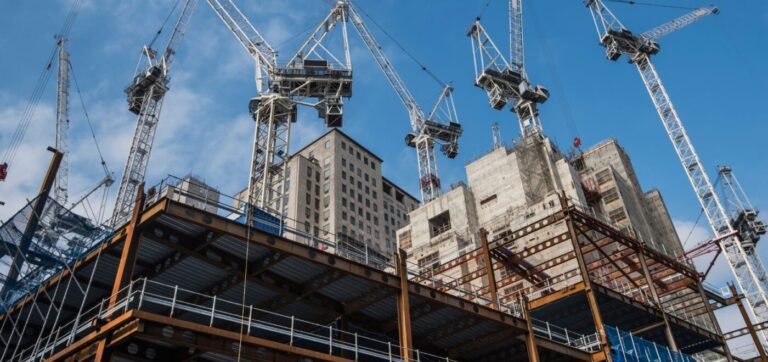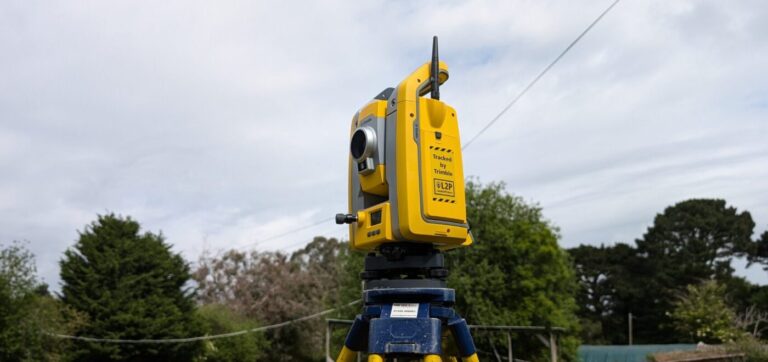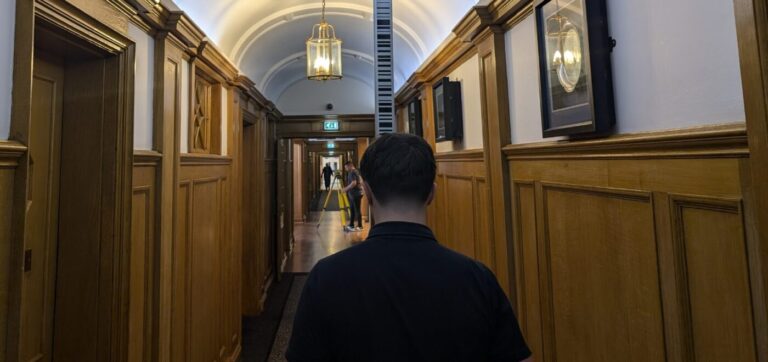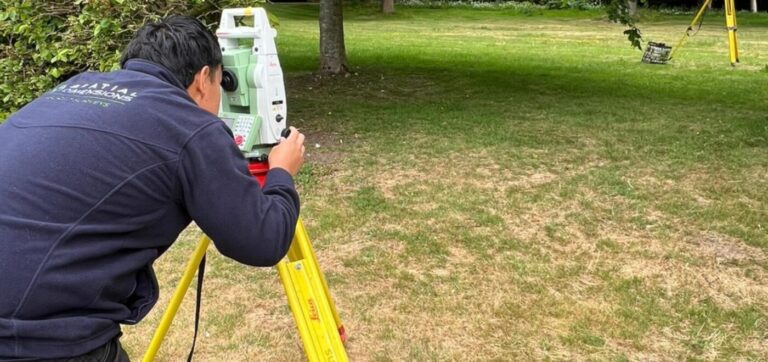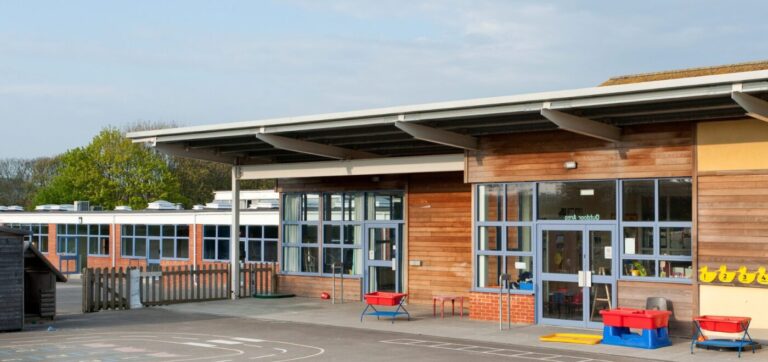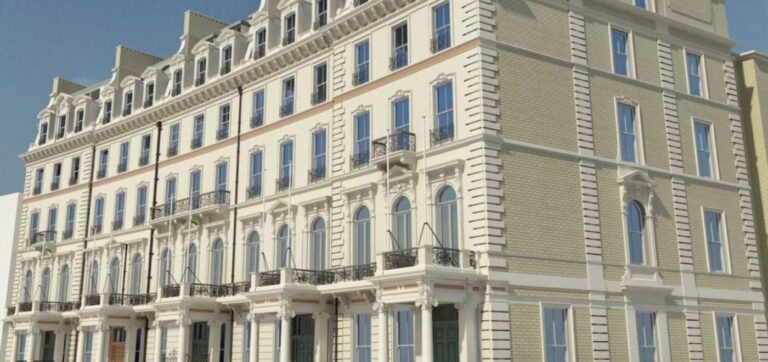INTRODUCTION
At Spatial Dimensions, we understand the significance of heritage buildings and the need to preserve their historical and cultural value. Monitoring surveys play a crucial role in safeguarding these precious structures, ensuring their structural integrity and longevity. In this article, we will explore the importance of monitoring surveys in detail, highlighting their role in maintaining and protecting our cherished heritage buildings.
The importance of monitoring heritage sites made headlines across the world over the last few days. One of the treasured towers of Bologna (build date between 1109 and 1119) undertook monitoring work which means immediate measures must be taken to secure its safety and those inhabited in the area. Without monitoring surveys and monitoring experts, the damage could have been irreversible and ultimately extremely dangerous for the locals. The works are set to cost €4 million.
Throughout this article, we will touch on different types of monitoring surveys, and the importance this plays in maintaining heritage buildings.
HOW DO SURVEYORS MONITOR HERITAGE SITES?
As surveyors, we use various methods during the monitoring of heritage sites. The most common survey types are:
- Laser Scanning – relating to the laser scanning equipment used to capture data points that can be transferred into point clouds.
- Tilt Sensor Monitoring – checking to see if the degrees of structural elements have shifted e.g. walls or floorings.
- Fixed Point Monitoring – focusing on fixed points over a given time period to see if there have been changes.
- Crack Monitoring – checking if cracks have increased or decreased over time.
The combination of these four survey types all play an important role in monitoring, alongside understanding the building’s current conditions and building specifications. This allows our clients to make informed decisions about the immediate and long-term future of the site.
PRESERVING HISTORY
Heritage buildings connect us to our roots and help shape our sense of identity. Monitoring surveys enable us to monitor and assess any changes or deterioration in these buildings over time. This allows us to intervene promptly and prevent irreversible damage. By preserving these architectural gems, we maintain tangible links to the past for future generations to appreciate and learn from.
ENSURING STRUCTURAL INTEGRITY
As heritage buildings age, they are susceptible to various factors that can compromise their structural integrity. These factors include weathering, natural disasters, environmental changes, and even the passage of time itself. Monitoring surveys with laser scanning enables us to detect structural weaknesses or signs of distress at an early stage. By identifying areas that require attention, such as cracks, settlement, or decay, professionals can implement appropriate measures to ensure the long-term stability and safety of these buildings. Our team of experts can provide our clients with complete monitoring survey reports to help informed decisions.

PREVENTING FURTHER DETERIORATION
Heritage buildings are often constructed using traditional materials and techniques that may be vulnerable to decay or damage. Without regular monitoring surveys, small issues can escalate into larger, costly problems that may ultimately lead to irreversible damage or even the loss of these buildings. Through monitoring surveys, potential risks can be identified and addressed promptly, preventing further deterioration and ensuring the continued preservation of the architecture.
HERITAGE CONSERVATION PLANNING
Monitoring surveys are an integral part of heritage conservation planning. By conducting regular surveys, professionals can gather essential data and information about the building’s condition, vulnerability, and any changes over time. This knowledge allows for the development of effective management and maintenance strategies specific to each heritage building. It ensures that conservation efforts are targeted, efficient, and tailored to the unique challenges faced by these structures.
EDUCATIONAL AND CULTURAL SIGNIFICANCE
Heritage buildings are more than just physical structures; they hold immense educational and cultural value. They provide insights into architectural styles, craftsmanship, and historical periods. Through monitoring surveys, we not only protect these physical structures but also gain valuable knowledge about our history and cultural heritage. This information can be shared with the public, fostering appreciation and understanding of our architectural legacy.
CONCLUSION
The importance of monitoring surveys on heritage buildings cannot be overstated. These surveys play a vital role in preserving history, ensuring structural integrity, preventing further deterioration, and facilitating effective heritage conservation planning. Each type of monitoring survey (Tilt Sensor Monitoring, Fixed Point Monitoring and Crack motoring), play vital roles. By conducting these surveys regularly we can protect our architectural heritage, and create a future where these treasured buildings continue to inspire and educate generations to come.
At Spatial Dimensions, we are dedicated to supporting our clients in their efforts to measure, map, and model spaces that everybody loves. Our commitment to excellence, affordability, and quality extends to heritage buildings, where we understand the unique requirements and challenges of monitoring surveys. By putting our customers and their projects at the heart of everything we do, we help preserve our invaluable heritage for future generations to appreciate and enjoy.
